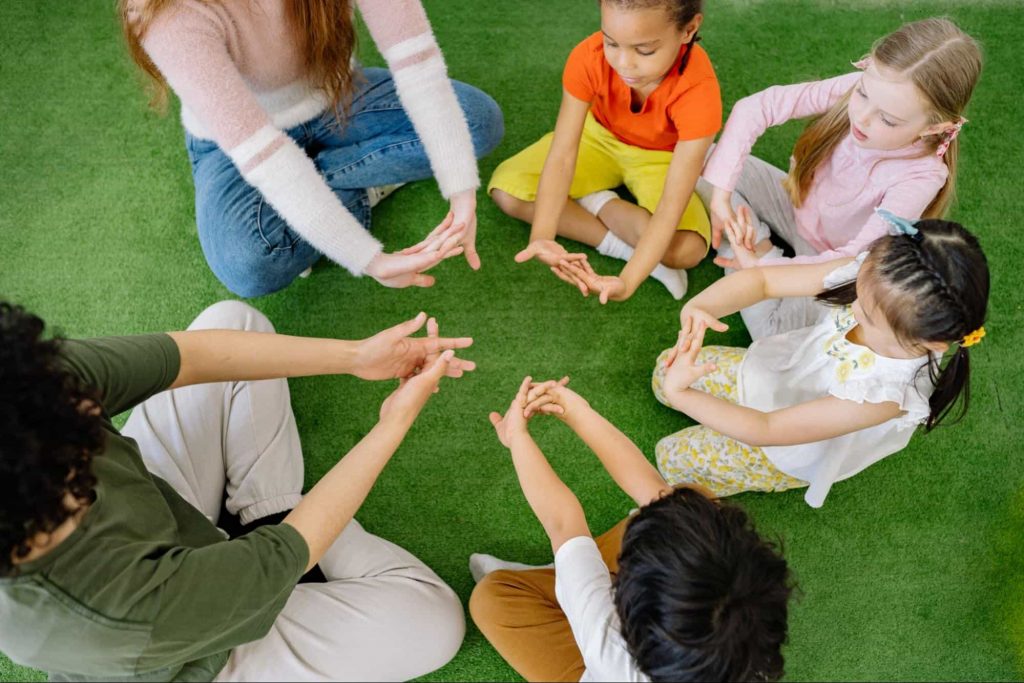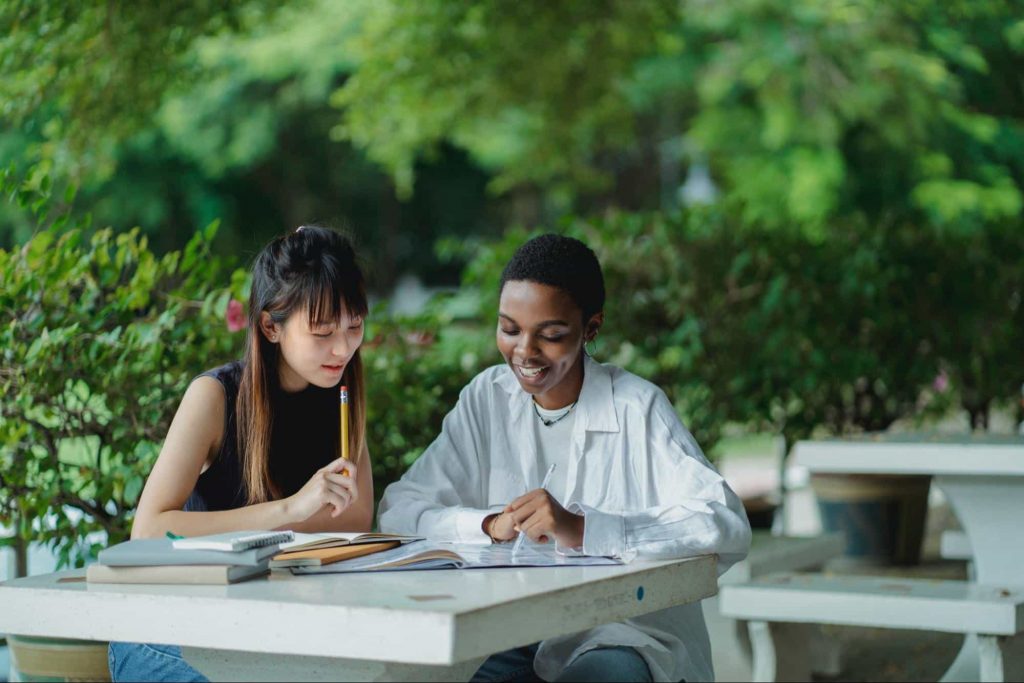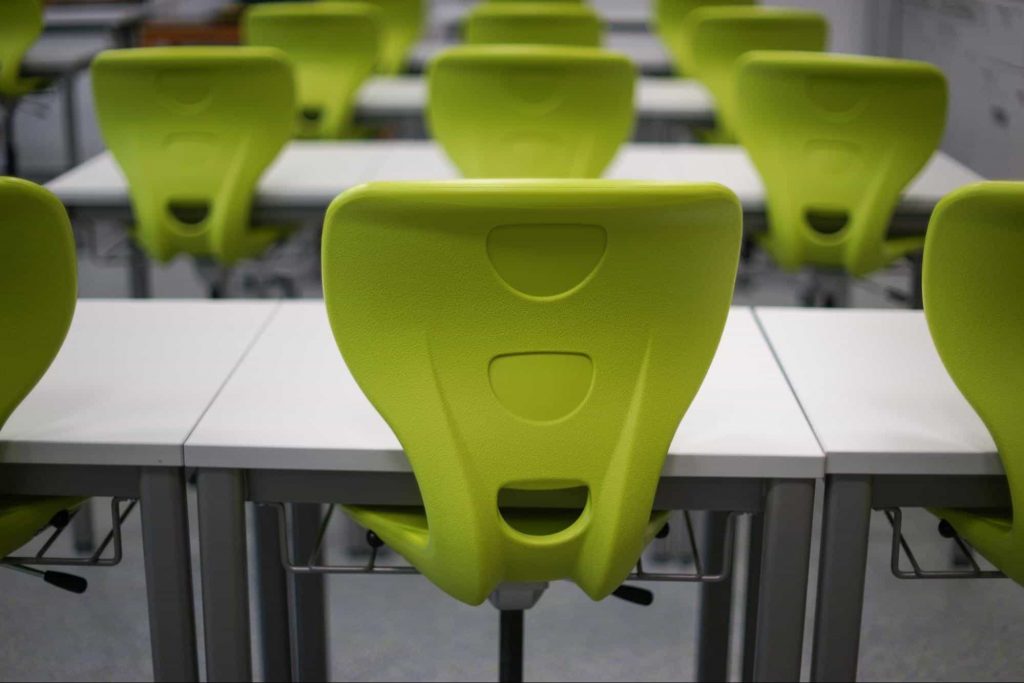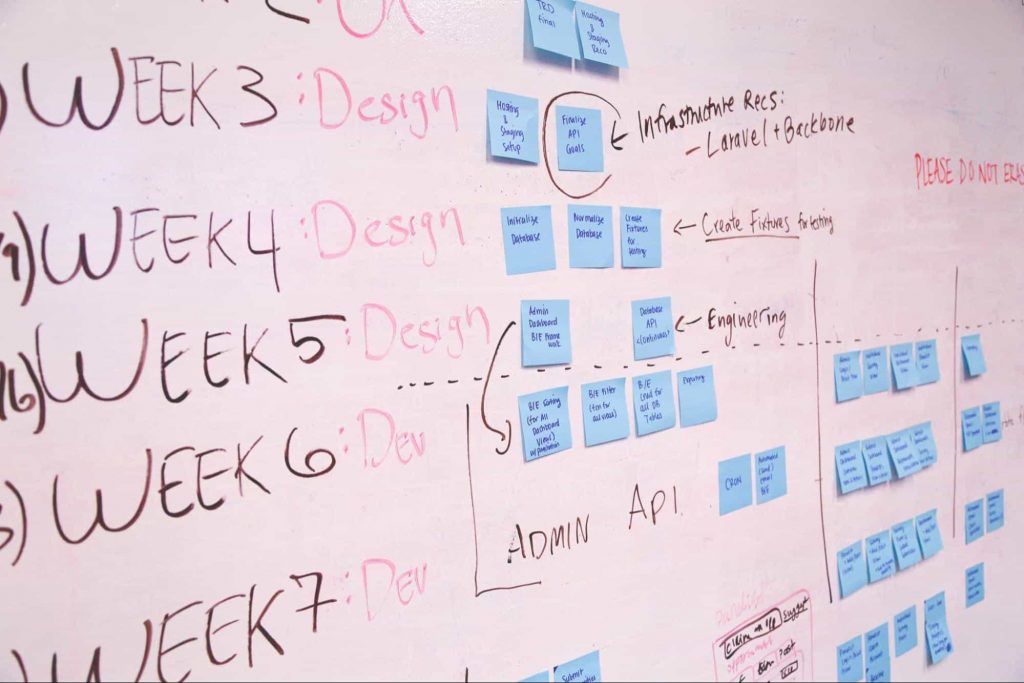Do you often find your students doodling or talking during class? It is an engagement issue. It shows that your students are not engaged with your lesson. Therefore, no amount of punishment or scolding will resolve this problem.
Math & ELA | PreK To Grade 5
Kids see fun.
You see real learning outcomes.
Watch your kids fall in love with math & reading through our scientifically designed curriculum.
Parents, try for free Teachers, use for free
So, what is the solution?
Teachers, you must build a dynamic classroom environment where students can focus on the lessons without getting distracted. Traditional teaching methods might fail to engage students in the classroom. For example, simple lectures or whiteboards are not sufficient anymore to create an engaging learning ecosystem.
Many studies have shown that the average attention span of students is 10-15 minutes long. So that means in your 40-50-minute class, students are engaged for only 10-15 minutes.
Now, you don’t need to stress about it! Instead, you must adopt immersive strategies to engage with your students to improve their productivity and efficiency.
Below, we will learn about all the popular classroom engagement strategies.
Strategy 1. Lay Down Your Expectations and Objectives

Teachers should present a year’s curriculum and learning courses to students at the beginning of the academic year. This will show students what you expect them to achieve in the class.
You can create a written syllabus for middle and high school students, including information about upcoming events, lessons, and other details. This will help both parents and students to prepare in advance.
Knowing the curriculum, students can revise lessons before class. This way, they can clear their doubts during the class and feel more engaged with a lesson.
You can design creative bulletin boards for preschoolers to show them what they will learn in the upcoming month or week.
Strategy 2. Meaningful Classroom Activities

Related Reading: Best Educational Websites for Kids that Spark Curiosity
Whenever teachers find less engaged students in classrooms, they head to the prop box and design an activity to engage them. Unfortunately, not all classroom activities can engage students.
Research has stated that if students don’t find an activity worth spending their time and energy on, they will not engage with it. Students might find a way to skip the activity.
Therefore, ensure that the activity has personal meaning or allows students to demonstrate their knowledge. When students feel connected with the activity, they will be better engaged.
While selecting activities for your students, make sure that:
- They are fun and simple
- Help students demonstrate their skills or knowledge
- Establish a personal connection with students
- Teach them something new
Strategy 3. Increase Teacher’s Autonomy Support

Engagement refers to a person’s emotional quality and behavior intensity during a task. Thus, teachers must improve students’ emotional quality to increase their engagement.
Autonomy support is turning out to be an innovative engagement strategy. For example, in a study, students’ engagement levels improved when three classrooms were run using autonomous support.
Autonomy support means teachers are letting students make decisions without entirely losing control. Students can make decisions under the teacher’s guidance in autonomous classrooms.
Teachers can increase autonomy support in their classrooms in many ways, for instance—
- Taking students’ opinions. Teachers can ask students to provide input while designing classroom activities and curriculums.
- Engaged attitude. Teachers can adopt an engaged attitude while interacting with students. Instead of telling them what to do, ask them what they want to do.
- Give students options. Always give multiple options to students so they can make their own decisions under teachers’ guidance.
- Give students time. Never expect students to make decisions on the spot. First, provide them with all the details and give them some time before deciding.
Strategy 4. Leverage Technology

Today, children can happily use smart gadgets for an entire day without losing their concentration for a minute. For example, they can play video games for hours but can’t work on math problems for an hour.
It is impossible to keep smart gadgets away from students in this digital age. Therefore, you can use technology to create an engaging environment in your classroom.
Using EduTech resources, you can make learning fun and engrossing for your students. For example, your preschoolers might not show interest in text-based math problems. But when they play digital math games, they can learn addition or subtraction without even realizing it.
Teachers can leverage technology in several ways to engage with students, like:
Related Reading: Benefits of Culturally Responsive Teaching
1. Games
The best way to make learning fun for young learners is through games. With gamification, you can simplify complicated concepts with interactive visuals and audio. For instance, SplashLearn math games have helped many preschoolers easily learn counting, addition, and other basic math skills.
2. Blogs/Podcasts
Teachers can let students submit assignments via blogs or podcasts rather than boring essays or slides. This will increase students’ involvement and interest in completing the school assignments.
3. Infographics
Teachers can create infographics to teach complicated concepts to students. Using infographics, you can better engage visual learners in your classroom.
4. Virtual classes
Online classes can help to capture many students’ attention. However, virtual classes are not effective for all students. But for older students, it can be helpful. So, you can ask your students whether they can better learn online or offline and accordingly decide.
Strategy 5. Share Real Stories

Stories are the best way to spike interest and remember information. When you share real-life stories instead of textbook lessons with your students, they will learn better.
For example, history teachers can share life stories of historical characters and events rather than making students read textbooks. When you tell students the real stories behind World War II, it will better improve their engagement in the boring history lessons.
You can take this teaching approach further by showing real-life stories to your students. You can take your students to war memorials, museums, zoos, or other places where they can visualize stories.
For teaching emotional values like empathy, take your class to nursing homes or orphanages. Listening to other people’s stories of struggle teaches your students to value their lives.
Strategy 6. Create Some Mystery

The mystery is a unique expression that can hold your attention for longer. In anticipation of what will happen next, a person will engage more in mysterious activities.
Therefore, you can bring a mysterious element into your class to make learning engaging for your students. There are numerous ways to bring mystery into your classroom, such as:
1. Investigate a case
Teachers can give assignments to investigate a problem to students. Students must research information through different resources and interact with people to complete their assignments. For example, geography teachers can give assignments to investigate the reason behind drought in a particular area.
2. Riddles or puzzles
To engage with preschool students, you can use riddles and puzzle games to make learning fun for them. You can easily find different puzzle games and riddles online to practice in your classroom.
Strategy 7. Keep Students Busy All The Time

One teacher can’t keep students constantly engaged and busy. There come many dead points in your classroom when your students have nothing to do, like when you are checking worksheets, preparing the classroom for a new activity, or waiting for a YouTube video to load.
These dead points are sufficient to distract your students and move their attention away from the class. Therefore, teachers must consider some activities to fill blank spaces with low-order activities. These activities must be simple, quick, and good enough to hold students’ attention. For example:
- Pair discussions. When you have to step out of your class momentarily, you can pair two students and give them a topic to discuss. This activity will keep them engaged until you resume your lesson once again.
- Quick write-up. While checking worksheets, you can ask your students to write a few lines about how they are feeling today or what new things they have learned.
- Revise your lessons. You can ask your students to revise lessons you have taught them today while cleaning up your class.
Strategy 8. Set Up Outdoor Classrooms

Yes, taking your class outdoors can help improve your students’ engagement, concentration, and self-dependence. Connecting with nature is good for human beings’ physical and mental health. Some studies have shown that outdoor learning can make students more creative and intellectual.
Taking your class outside can refresh your students’ minds. Sometimes, being inside can dull your students and impact their creative thinking. Thus, allowing your students to roam freely and explore nature will stimulate their creativity.
Therefore, you should often cut the monotone classroom routine and take your students outside to learn by observing nature.
Related Reading: Best Tips & Strategies to Teach English Language
Strategy 9. Make Your Students Moving

If you find your students struggling to sit straight for a 40-minute class, you can make them move. There is no rule that you can only conduct class when your students sit on their benches. You can teach classes anywhere that can engage your students.
Especially if you are teaching many hyperactive toddlers, it is a perfect teaching strategy for you to create a moving environment in your class. When you keep your students moving, it will improve their engagement and interest in the class.
To make a moving classroom, you can practice the following activities:
1. Create a podium
You can put a podium in your classroom where students can bring strong ideas. For example, if a student has an idea to create a spring bulletin board, they have to stand on the podium to share their idea with everyone. This activity will keep your students moving and give them the confidence to speak in front of others.
2. Divide your classroom
You can divide your classroom into different sections dedicated to one activity. For example, you can create a reading station, play area, writing zone, and sleep area in your classroom. This way, your students will keep moving around the class all day to perform different activities.
Strategy 10. Break the Tasks

If you dump a series of instructions altogether on your students, this will overwhelm them and suck out all their engagement. Therefore, you should break a task into multiple small sections and lay them down before your students.
You can further create a checklist for your students to complete a task. Thus, students can keep checking items when they are done with them. This will keep students motivated to complete the task.
Let’s Engage with Your Students!
Students’ engagement levels are declining every day. This is because many distractions surround students, like smartphones, TVs, and more.
Therefore, teachers must think of unique and innovative ways to engage with their students. They have to use modern means to connect with their class. Teachers must frequently experiment with new teaching techniques, from technology to outdoor classrooms, to keep engagement levels high.
We have shared the best ten engagement strategies for modern teachers. So, let’s practice those strategies and see how your students react to them.
FAQs
Why is it important to engage with your students?
Engagement is highly important for the overall development of students. Higher engagement will help students to perform better in academics, sports, and other curricular activities. In addition, they can achieve more in less time when they are focused on a task.
What are examples of student engagement?
Common examples of student engagement are when students follow the class rules, participate in discussions, listen to the teacher, complete work on time,
























